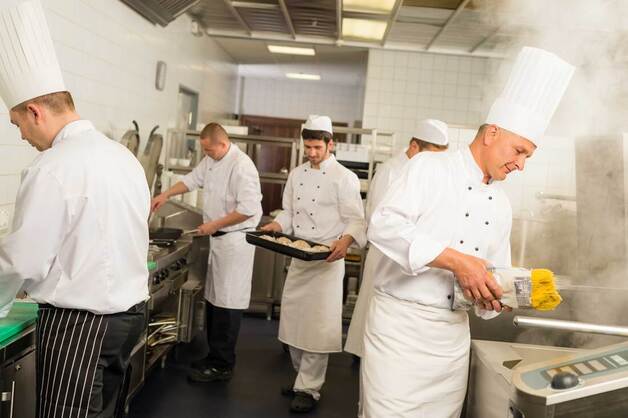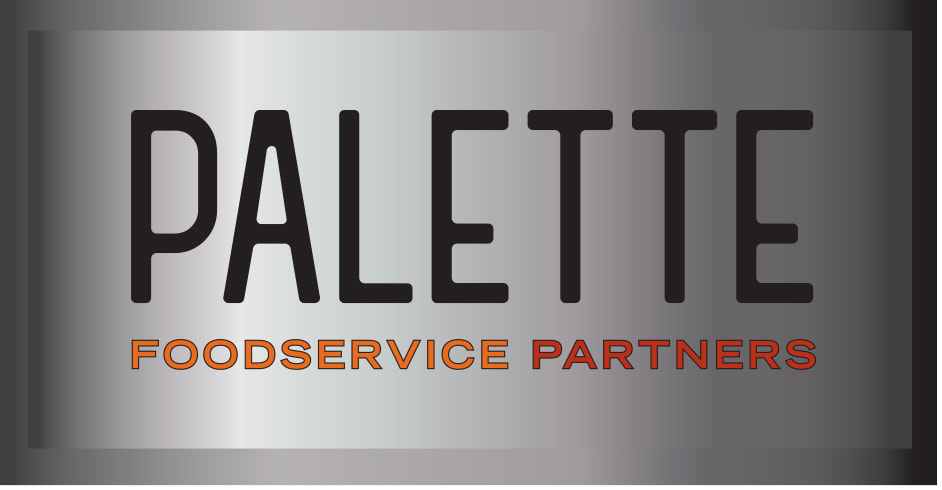 Amid the rise in tech-driven automation, ordering and payment capabilities in recent years, one question often hovers in the background: Will restaurant jobs be eliminated? While it’s clear that some roles are becoming obsolete in light of these changes, it’s also true that new ones are appearing. Specifically, as restaurants juggle multiple tech-based ordering channels – and vie for guest engagement and sales – they are looking for people who can develop and build upon their digital expertise. Increasingly, large restaurant chains and parent companies of such brands are hiring digital leadership roles – a recent Pymnts report mentions Denny’s and Focus Brands as two examples. Smaller, independent brands are likely adapting too. If you have found ways to outsource restaurant tasks to tech, are there opportunities in your business for key staff to take on new responsibilities in digital management and development?  When a job candidate submits an application to work at your restaurant, how quickly do you respond? Chances are this person is looking at a range of open positions at a variety of businesses. The first company to respond to them stands a great chance of hiring them, assuming the interviewing process goes well. If a slow response time is making you miss out on good candidates, there are tech tools you can harness to automate the process of making the initial connection with potential staff and selling them on your culture. Workstream, for one, created a ChatGPT-powered chatbot that ushers job candidates through the various stages of the recruitment process and helps match them with potential jobs. Consider what tools might help you fill gaps in your communication with potential hires.  Perhaps you have a shift in your restaurant that no staff want to work – a major holiday approaching, a long weekend, or a particular day of the week when you anticipate higher guest traffic and want to have sufficient staff on hand to accommodate it. If you offered surge pricing around that shift, would it change your employees’ minds? Much like how operators are using surge pricing on digital menus to boost profits when guest traffic is high, they can also use workforce management tech to make less-appealing shifts more profitable (and therefore more desirable) for employees. If that tech can also help employees get paid automatically following a shift, even better. As you compete for staff and try to retain your best people, the technology you use to make their experience with you smoother and more profitable can mean the difference between attracting and keeping a new employee and losing that person to the restaurant across the street. What improvements could you make?  Recruiting and retaining staff is challenging enough on its own right now – but it becomes all the more difficult if you’re still using manual processes to manage it. Are there manual processes you could stand to weed out of your operation? A recent webinar from SmartBrief about workforce engagement tools for the hospitality industry described the benefits of a tech-based alternative. Consider this: A person who is already passionate about your brand comes in to pick up an order. They see an in-store (or perhaps an in-app) sign advertising open positions. With the scan of a QR code, they access an application, which is streamed differently depending on the responsibilities of their desired position. They apply quickly, with a minimum of scanning and scrolling. After a successful interview, they complete all necessary forms online on their own time – and avoid wasting time in the restaurant prior to starting work or having to distract the manager on duty with questions. On the person’s first day of work, your restaurant’s app sends them a message explaining what it’s like to work in your organization. Over the next few months, it continues to check in to ask about training and point out ways to easily get information, swap shifts or ask for time off, and connect with other people. It can send out pulse surveys to get an ongoing read on how the person is doing and where concerns could be lurking. If the person clocks in late a few times in a row, your app can alert a busy manager, who can then make an effort to understand where there might be a problem and offer support. Down the line, it can send out messages or little rewards on birthdays and work anniversaries. Could this help you? Consider the snags in your recruitment and retention processes. Are you mired in any time-consuming paperwork? Is it difficult for your managers to monitor every employee’s performance and anticipate who is struggling? Do you know which staff are disengaged? There are tools to help you smooth out these bumps – and they may help you not only reach good potential staff, but also stand a better chance of holding on to them for longer.  The past few years have given restaurant operators a crash course in the importance of collecting data – about guests, ingredients, sales performance and many other factors. Have you applied this approach to identifying potential staff? By taking the time to analyze data about what works for your business – and not simply casting a wide net and hoping you bring in some good people – you stand a better chance to attracting and keeping staff who are well suited to your business. This report from Modern Restaurant Management advises mining employee data by taking surveys of employees. What is important to them about their position? What benefits would keep them in their job? How does your business measure up to competing businesses (both inside and outside of the industry) when it comes to pay, benefits, growth opportunities and job security? Perhaps you can identify even incremental improvements that could help you find and keep good people. Or, maybe those improvements aren’t possible for you financially. In that case, having this information at your fingertips now can still be valuable in driving you to retool your business model. At a time when so much about a restaurant is learned online before a person even visits, give your website’s recruitment page a tune-up – much like you’d make your online menu more mobile-friendly for a guest. Can an applicant quickly scan the page for basic information about your business and apply on the spot?  As restaurant businesses become more digitized and connected, they are calling for a new kind of employee: one who is just as comfortable monitoring sensors and responding to alerts from a range of applications as they are chopping and cooking ingredients. Ensuring your staff is well-versed in these changes will only help your business, since your technology is helping you do everything from monitoring food safety, to collecting and continuously learning from the data you collect. Modern Restaurant Management reports that there is a growing role for skilled technicians to train, manage and repair this technology in restaurants. Do your training and management procedures adequately account for the tech changes your business has made? When you consider your job descriptions, training and feedback from staff, where are there opportunities to close knowledge gaps and ensure you’re reaping the greatest benefits from the technology at your disposal?  As labor challenges persist for the time being, consider adopting technology that takes some of the more tedious and time-consuming aspects of the recruitment process off your plate. App-based systems – Fliptable and JobToday are just a couple of examples – can help a business find new employees and manage the details of onboarding them, making it easier for existing staff to share job postings with others, candidates to apply, and employers to track a candidate’s progress in the hiring process – all through a simple swipe on a phone.  Replacing an employee can be an expensive task for restaurants – according to the Center for Hospitality Research at Cornell University, the cost of employee turnover averages around $5,864 per person for a typical front-line employee. That expense is all the more debilitating when staff leave frequently. You can minimize those challenges if you can find staff who are a good fit for your business from the start, then ensure they have a smooth onboarding process. New research from the HR tech provider Sprockets suggests a number of tech tools operators can consider for help. Among them: JazzHR and TalentReef can help you track applicants and data based on your specific needs so you can better target applicants suited to your business. Spark Hire and Honeit can provide interviewing support, including tools to help you get a better sense of a candidate’s personality and store the comments they share. Finally, your training program can pave the way for a productive employee relationship (or provide a reason for a new staffer to disengage). Eloomi and Axonify can guide you through the process of developing a program that works for you and also track an employee’s progress.  At a time when so many restaurant workers have left the industry, the first impression you make on a candidate matters. According to a recent webinar from the National Restaurant industry entitled “New Thinking for New Challenges - Technology, Workforce and The Restaurant Operator,” the technology you use during initial candidate interactions can help. That’s especially true because the millennial generation, which grew up around technology and is comfortable with it, will comprise 75 percent of the workforce by 2025. The industry experts participating in the podcast suggest you have a strong online presence through your website, then enable candidates to apply for positions via a text or a scan of a QR code. Further, any information you request from a candidate on an online form should then feed into other forms (such as I9, W4 and WOTC tax forms) so you’re not asking for the same information multiple times. As labor costs escalate, how are you ensuring you have the right number of employees scheduled at the right times? More brands are adopting artificial intelligence-based programs to help with scheduling. Domino’s, for one, has been testing an AI algorithm to help ensure they are using the most efficient number of staff hours in their stores, Restaurant Dive reports. As major cities enact predictive scheduling laws designed to ensure a fair work week for employees – Widget Brain reports that New York, San Francisco and Seattle are among them – finding ways to use AI to forecast labor demand, and then build and fill schedules, can help operators not only maximize labor expenditures but also comply with the law.
|
Subscribe to our newsletterArchives
April 2024
Categories
All
|




 RSS Feed
RSS Feed